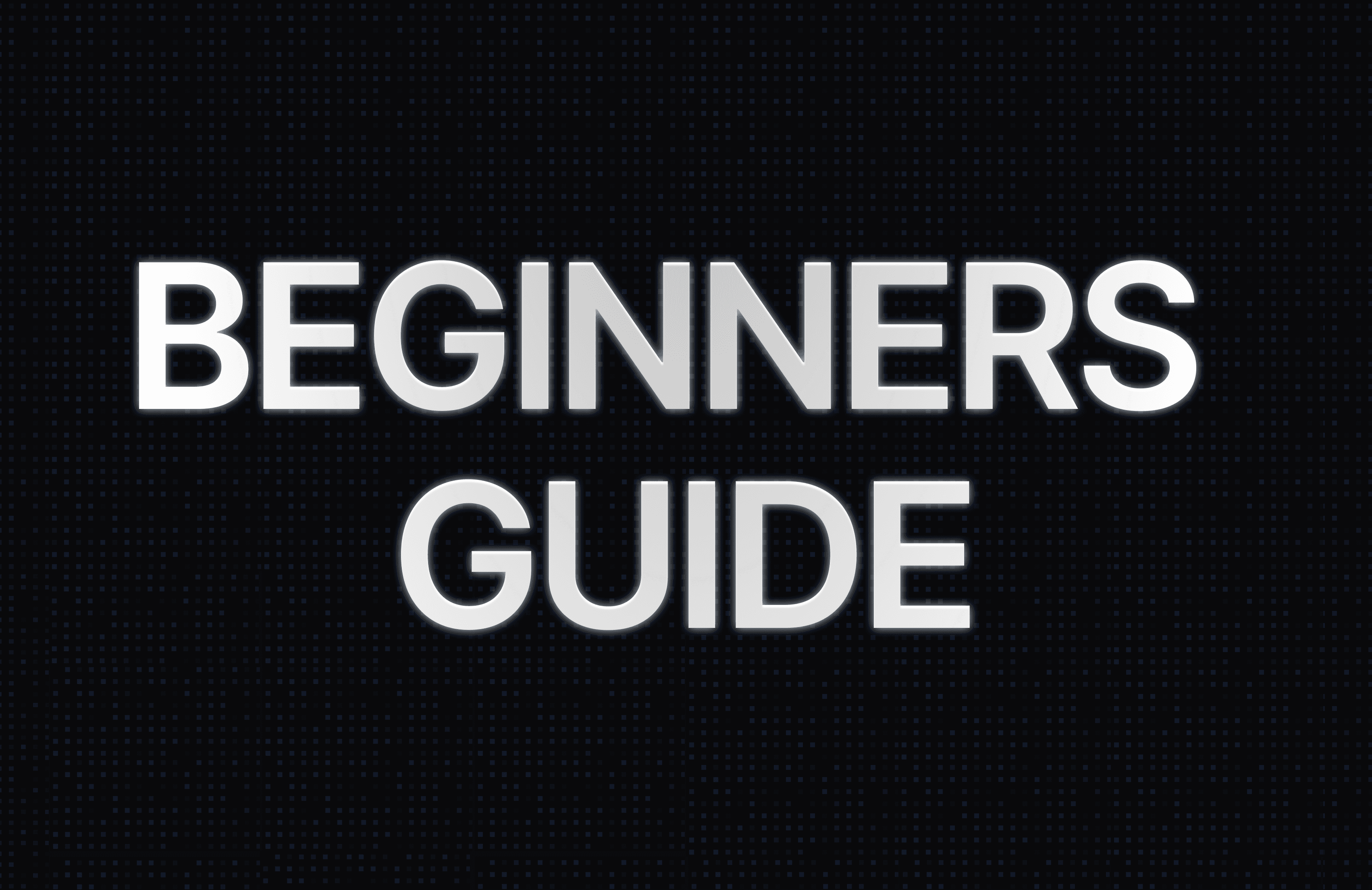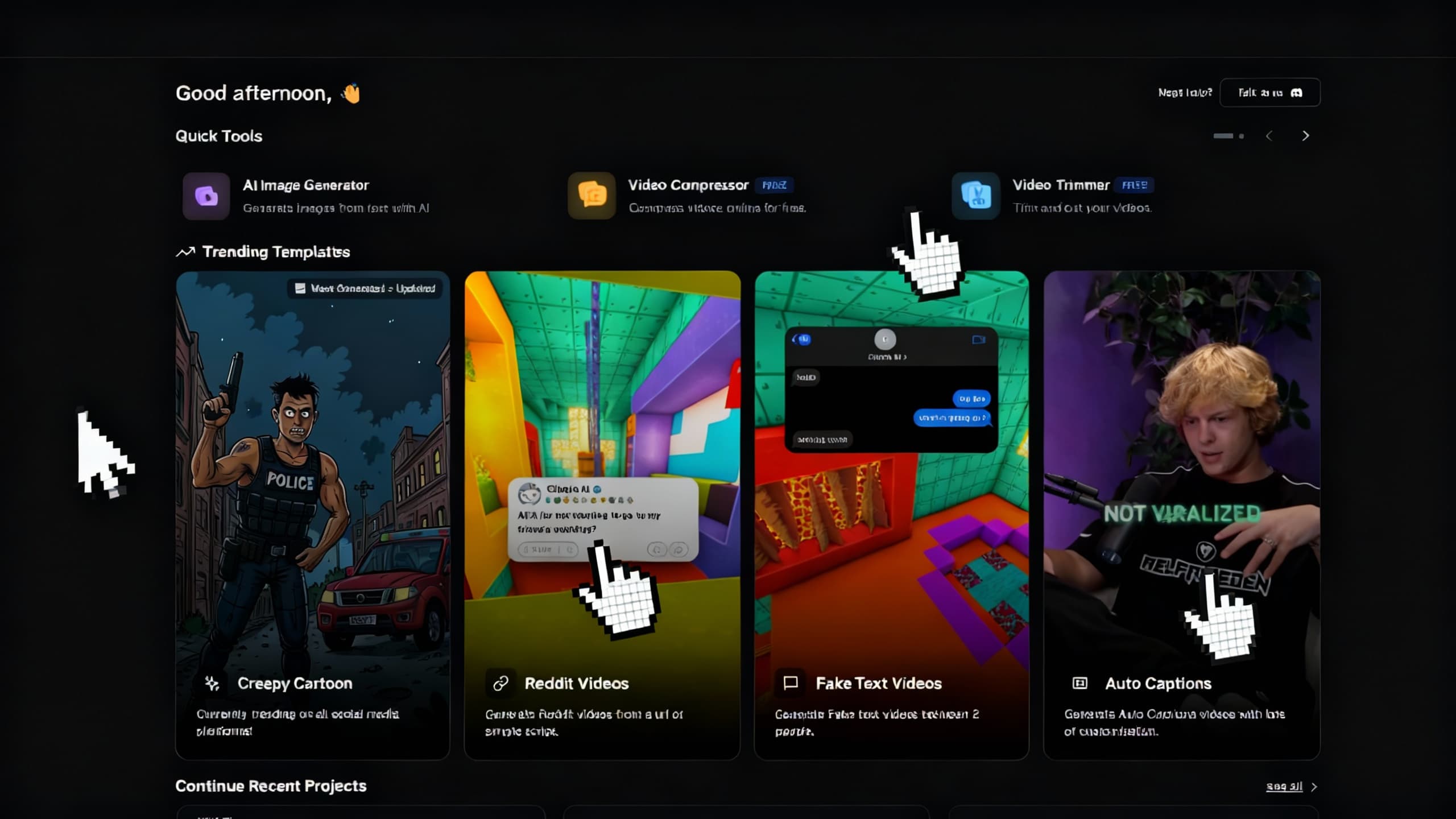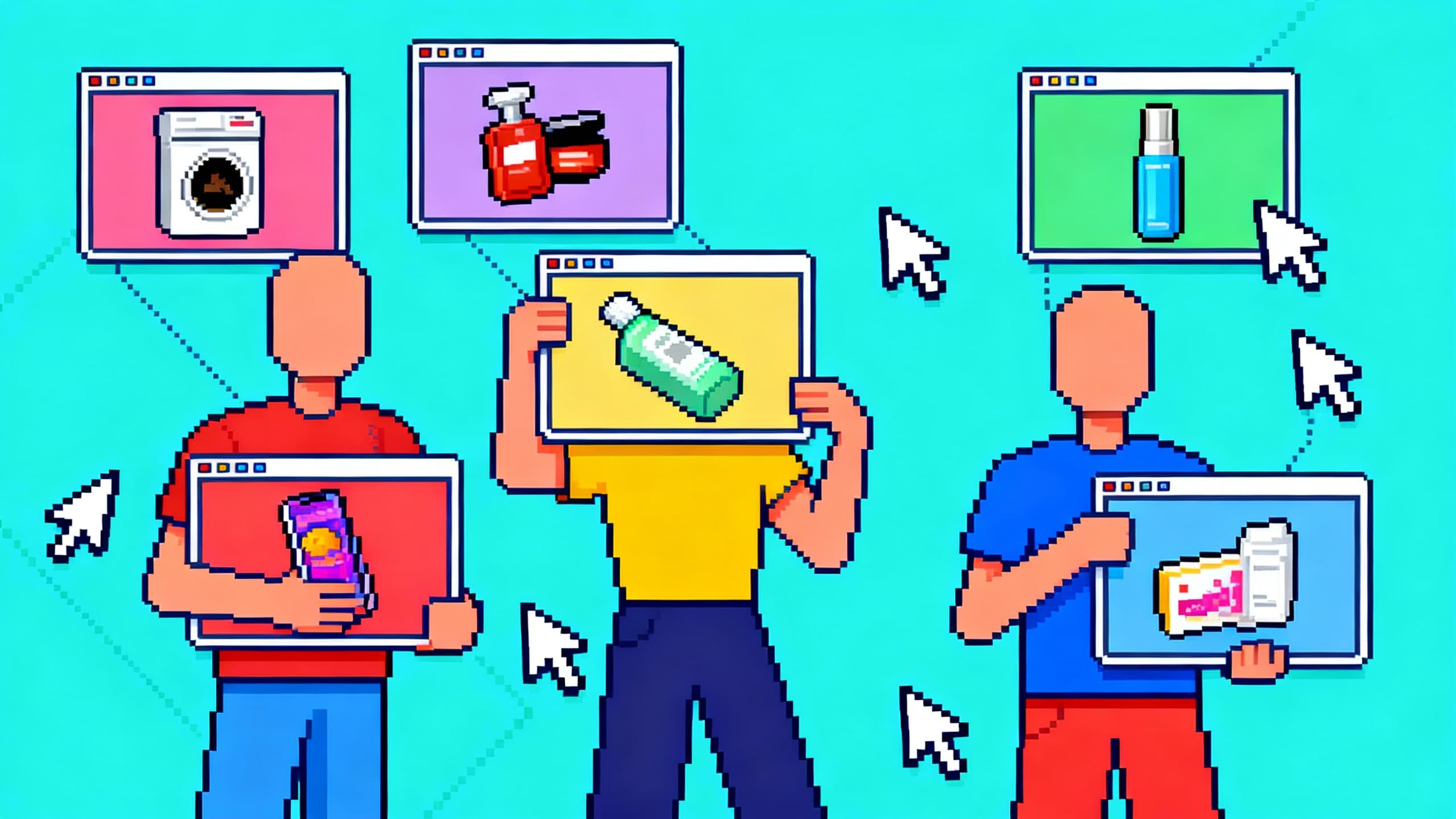I Turned AI Art Into Viral Shorts - Here’s the Exact Process
Learn how I used AI art tools like MidJourney, Stable Diffusion, and Clippie AI to create viral TikTok and YouTube Shorts. Step-by-step guide with tools, strategy, and monetization tips.

Introduction
Short-form content dominates the digital landscape in 2025. TikTok and YouTube Shorts are the most powerful growth engines for creators today, with billions of views happening daily. But while dance trends and lifestyle vlogs still get attention, a surprising new format has started to explode in popularity: AI art shorts.
In this blog, I’ll share how I turned AI-generated art into viral videos that reached millions of views. I’ll break down the tools I used, the storytelling format that works, how I combined narration and captions for maximum engagement, the performance data from my own experiments, and how I monetized the process into a real business.
This isn’t theory, it’s the exact process I used to create faceless viral content, and it’s something you can replicate today.
Why This Topic is Relevant Today
The intersection of artificial intelligence and short-form video is one of the most powerful opportunities in the creator economy right now, and 2025 is proving to be a pivotal year. AI art tools have matured at lightning speed. Platforms such as MidJourney v7 and Stable Diffusion XL now produce near-photorealistic images in a matter of seconds, lowering the barrier for creators who want cinematic-quality visuals without needing advanced design skills or large budgets. At the same time, short-form platforms dominate global attention spans. TikTok, YouTube Shorts, and Instagram Reels together account for more than 65% of mobile video consumption worldwide, a statistic that underscores how deeply audiences have shifted toward quick, engaging content they can consume on the go.
The demand for visually stunning and snackable content is endless, and AI-generated art fits perfectly into that ecosystem. People crave fresh, unexpected imagery, something surprising enough to stop them mid-scroll, and AI art delivers precisely that. On top of this, the monetization opportunities available to creators are expanding rapidly. Programs such as TikTok’s Creativity Program Beta, YouTube Shorts monetization features, and the rise of affiliate integrations are allowing creators to turn their AI-driven content into genuine income streams.
In short, creating viral AI art shorts combines two unstoppable forces: the exponential growth of AI-generated creativity and the unmatched virality of short-form video platforms. Together, they form a blueprint for creators who want to grow fast, reach global audiences, and build sustainable online businesses.
What Are AI Art Shorts?
In plain terms, AI art shorts are short-form videos (typically under 60 seconds) that showcase AI-generated images or animations, often combined with narration, captions, and music to create an engaging story.
These videos can take many forms, such as:
AI-generated reimaginations of popular characters (e.g., “Harry Potter as Cyberpunk Warriors”)
Story-driven sequences (e.g., “The Last City on Earth, Visualized by AI”)
Historical re-creations (e.g., “What if Ancient Rome had Cyberpunk Technology?”)
Concept mashups (e.g., “Disney Princesses in Post-Apocalyptic Worlds”)
The core idea: turn static AI art into dynamic, scroll-stopping videos that feel fresh and original.
Overview
This blog breaks down my journey of creating viral AI art shorts, including:
Why AI art is booming on TikTok & YouTube
Tools I used (MidJourney, Stable Diffusion, Clippie AI)
Combining AI art with narration & captions
My viral examples and performance data
How to monetize AI art-based shorts
By the end, you’ll have a replicable framework for turning AI art into content that doesn’t just go viral, but also earns you revenue.
Table of Contents
Why AI art is booming on TikTok & YouTube
Tools I used (MidJourney, Stable Diffusion, Clippie AI)
Combining AI art with narration & captions
My viral examples and performance data
How to monetize AI art-based shorts
1. Why AI Art is Booming on TikTok & YouTube
AI art content went from niche to mainstream in just two years. Today, hashtags like #AIart and #AIVideo have billions of views. The reason? AI art is visually magnetic.
On TikTok, the algorithm prioritizes videos that stop viewers mid-scroll. Bright, unexpected, or surreal imagery performs incredibly well. AI art delivers exactly that: things people have never seen before, from “medieval astronauts” to “cats reimagined as royalty.”
On YouTube Shorts, AI art fills the gap between aesthetic content and storytelling. While meme-style edits dominate some niches, AI art shorts carve out a unique space for creative storytelling with a futuristic twist.
Three main reasons AI art content thrives:
Novelty: AI generates visuals that humans can’t easily create.
Accessibility: Anyone can create professional visuals without design skills.
Scalability: With the right prompts, you can produce endless video ideas at speed.
The boom isn’t slowing down, it’s accelerating as AI art quality improves and platforms push short-form video harder than ever.
2. Tools I Used (MidJourney, Stable Diffusion, Clippie AI)
The beauty of this workflow is that you don’t need a Hollywood budget. My stack was lean but powerful:
MidJourney (v7 in 2025)
Best for highly stylized, cinematic images.
I used it for generating surreal fantasy and sci-fi sequences.
Example prompt: “A neon-lit cyberpunk Tokyo street, cinematic lighting, ultra-realistic, trending on ArtStation.”
Stable Diffusion XL
Best for customized or niche prompts where I needed fine control.
Great for consistency across multiple frames in a story sequence.
Example: recreating “historical figures in futuristic settings.”
Clippie AI
The secret sauce for turning static images into viral-ready shorts.
Features I relied on:
Voiceover generation (choosing tones that matched my storytelling style).
Auto-captioning with dynamic text that synced perfectly to narration.
Batch video production, which saved hours and allowed me to create 15+ shorts per week.
With this stack, I could go from prompt → video → published short in under 1 hour.
3. Combining AI Art with Narration & Captions
One of the biggest mistakes I see creators make is uploading silent slideshows of AI art. That rarely goes viral. The key is combining visuals with narration + captions so the story resonates emotionally.
Here’s my framework:
Hook (0–3 seconds): Start with the most eye-catching AI image and a bold line of narration.
Example: “What if ancient Rome never fell… and built skyscrapers?”
Story Arc (4–30 seconds): Sequence AI art images with narration explaining the context.
Use Clippie AI captions synced word-for-word for accessibility.
Payoff (31–45 seconds): Deliver the most stunning AI image last for maximum impact.
Example: a cinematic reveal of the futuristic Roman Colosseum.
CTA (46–60 seconds): End with an invitation: “Follow for more AI reimaginings.”
Why narration + captions works:
Narration makes the video engaging even with closed eyes.
Captions make it accessible and keep viewers glued to text + visuals.
The combination signals quality, boosting retention and shares.
4. My Viral Examples and Performance Data
Let’s look at real results from my AI art shorts:
Video 1: “What If Dinosaurs Ruled the Future?”
12M views on TikTok in 3 weeks.
Retention rate: 78% (extremely high for TikTok).
Growth: +40,000 followers from one video.
Video 2: “Cyberpunk Versions of World Leaders”
5.4M views on YouTube Shorts.
CPM: $3.20 (earning over $17K from ads alone).
Affiliate boost: promoted AI prompt packs → $4,000 extra income.
Video 3: “Disney Princesses in a Post-Apocalyptic World”
8.9M views combined across TikTok + Shorts.
Collaboration with a music producer (royalty-free beats) added viral appeal.
Performance insights:
Short length matters. 45–55 seconds worked best.
Captions boosted retention by 30%.
Posting frequency drives compounding growth. My channel exploded after I began publishing daily.
5. How to Monetize AI Art-Based Shorts
Here’s how I monetized AI art shorts beyond just views:
1. YouTube Shorts Ad Revenue
After hitting 1,000 subs + 10M Shorts views in 90 days, I was accepted into the Shorts Partner Program.
CPMs ranged from $2–$5, meaning millions of views translated into thousands of dollars.
2. TikTok Creativity Program
Pays based on video performance, similar to YouTube.
Viral TikToks earned me $0.20–$0.40 per 1,000 views.
3. Affiliate Marketing
Promoted AI prompt packs, royalty-free music subscriptions, and AI art tools.
Affiliate links in pinned comments generated consistent passive income.
4. Selling Digital Products
Released my own “AI Prompt Packs” (e.g., Cyberpunk Bundle, Fantasy World Bundle).
Sold via Gumroad/Shopify, averaging $2–5K/month.
5. Sponsorships
As my account grew, AI tool startups reached out for sponsored integrations.
Example: $3,000 per sponsored short showcasing a new AI app.
The monetization potential isn’t just hype, it’s real income at scale.
FAQs
Q1: Can you monetize AI art shorts on YouTube in 2025? Yes, YouTube’s Shorts Partner Program allows AI art shorts to earn ad revenue as long as the content is original and adds value beyond raw AI outputs.
Q2: Which platform is better for AI art shorts: TikTok or YouTube? Both work, but TikTok is better for virality while YouTube is stronger for long-term monetization.
Q3: Do I need paid AI tools to start? Not necessarily. Stable Diffusion offers free options. However, MidJourney and Clippie AI provide better quality and efficiency, which is worth the investment.
Q4: What are the best niches for AI art shorts? Fantasy, sci-fi, history, anime, and pop culture mashups perform best. They tap into viral curiosity.
Q5: Will AI art get oversaturated? Only low-effort AI slideshows will. High-quality, narrated, story-driven shorts will continue to stand out in 2025 and beyond.
Conclusion
Turning AI art into viral shorts is one of the most exciting creator opportunities in 2025. With the right tools, MidJourney, Stable Diffusion, and Clippie AI, you can transform static images into dynamic, story-driven videos that attract millions of views.
I grew accounts, earned revenue, and built digital products all from this system. If I could do it starting from scratch, so can you.
👉 Start experimenting today. Don’t just consume AI art shorts, create them.
Read more

The Ultimate Beginner’s Guide to Clippie AI (2025): Plans, Credits, Top-Ups, and How It All Works
Learn all about Clippie AI in 2025, including subscription plans, AI credits, and top ups, to help you create faceless videos quickly and grow your content effortlessly.

Building a Viral Workflow with Clippie AI (2025 Edition)
Learn how to build a viral, automated content workflow using Clippie AI. Discover daily systems, templates, and monetization workflows that help creators scale across TikTok, YouTube, and Instagram.

Recap: The Best AI Video Creation Trends from 2025 (And What's Next for 2026)
Complete recap of 2025's biggest AI video creation trends and expert predictions for 2026. Discover how AI tools like Clippie transformed video workflows forever.